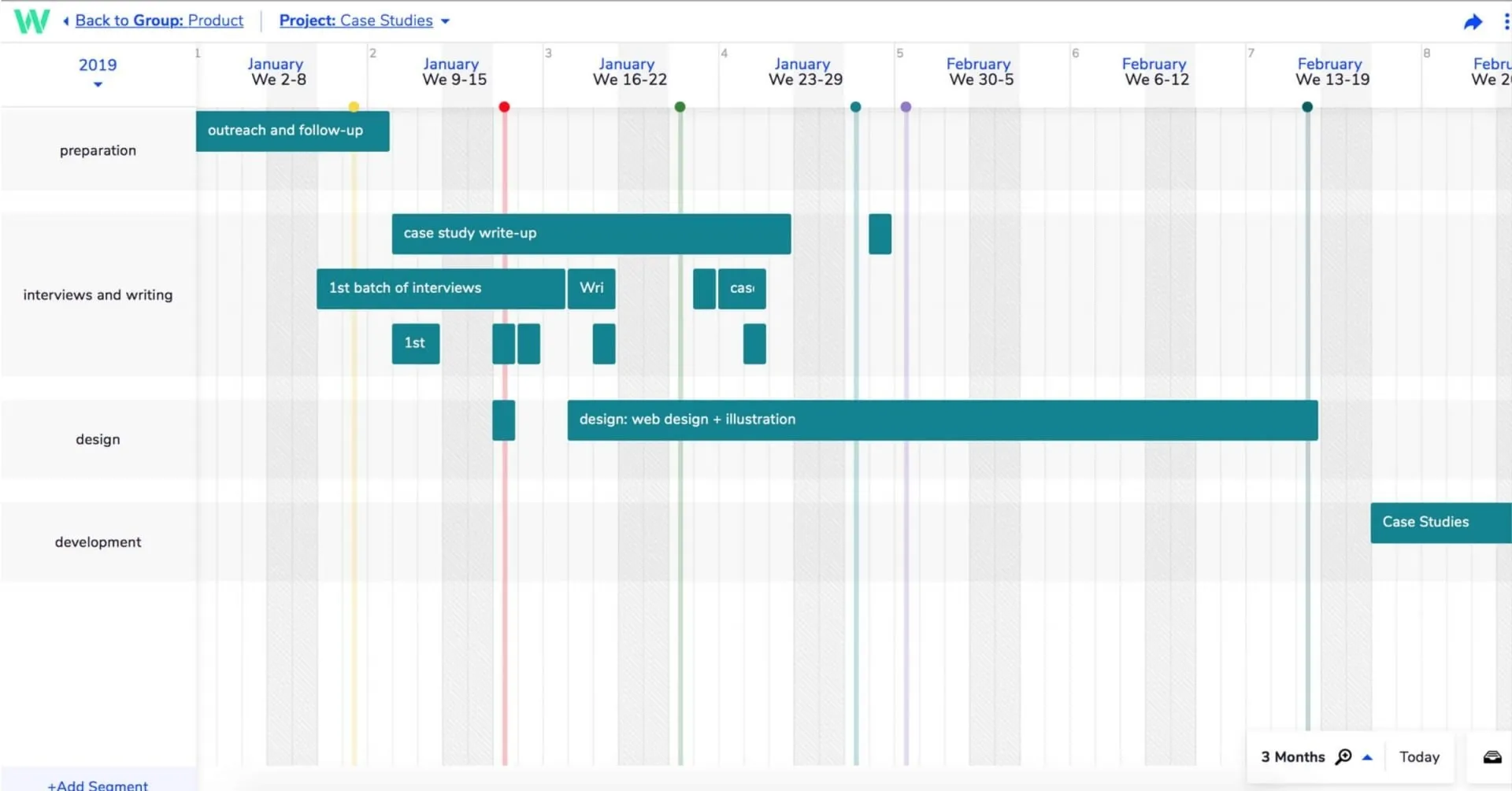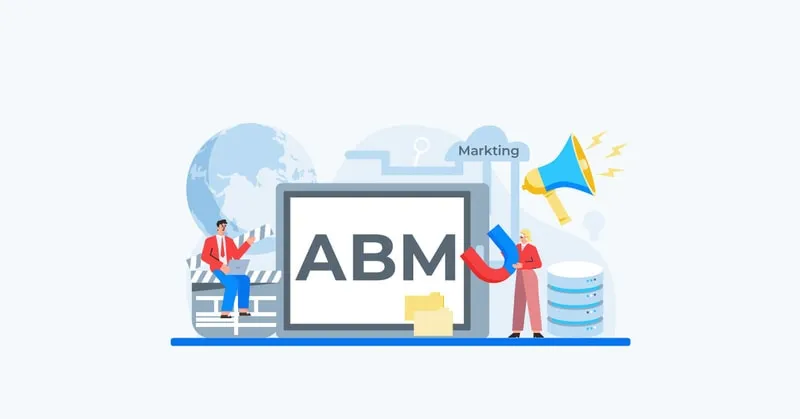If improving your campaign’s effectiveness is what you’re searching for, then what you need is strategic outreach plans.
In fact, companies using structured outreach strategies see a 50% increase in engagement. In this guide, you’ll discover six proven outreach plans that can help you streamline operations, align teams, and drive measurable results.
What are Outreach Plans?

Outreach plans are strategies used by companies to connect with people. They help teams work together, build relationships with clients, and track progress. If you want your campaigns to succeed, having a clear outreach plan is crucial.
Why Outreach Plans are Crucial for Campaign Success
1. Enhanced Coordination Among Teams
Sales leaders play a crucial role in mutual success plans ensuring smooth coordination among teams through effective outreach plans. When everyone knows their role, projects move faster, and there’s less confusion. This leads to better results for the entire sales process.
2. Better Relationship Building with Clients
With a good outreach plan, you can build strong relationships with clients. It shows that you care and are organized, making clients more likely to trust you.
3. Measurable Progress and Results
Outreach plans help you track progress. You can see what’s working and what’s not. This way, you can make adjustments and keep improving.
Each outreach plan should focus on a specific desired outcome, like closing a deal or improving client satisfaction.
7 Outreach Plans to Use
1. Leverage Mutual Action Plan Template

A mutual close plan or action plan template is a step-by-step guide shared between your team and your client. It outlines who is responsible for each task, along with deadlines. By using this mutual action plan map, both sides know what to do and when to do it.
Mutual action plan templates are especially beneficial for small businesses or those new to MAPs. They are simple, easy to use, and low-cost, making them a low-risk option for teams to buy in and start implementing MAPs effectively.
Why it’s important:
A clear plan keeps both teams accountable. It reduces confusion and improves communication. Without a clear outreach plan, teams risk wasting time on tasks that don’t add value.
Research shows that teams using mutual action plans are 25% more likely to close deals on time.
How to implement:
- Select a free mutual action plan template that fits your project’s needs.
- Include important elements like key dates and specific tasks.
- Share the plan with your stakeholders and make sure they agree on the next steps.
- Track progress by setting up regular checkpoints to adjust the plan if needed
2. Optimize Sales Process with Actionable Plans

An optimized sales process means buying team is breaking down each step of the sales cycle into easy-to-follow actions. These steps guide the sales team through the process of turning leads into clients.
Why it’s important:
A well-structured sales process improves team efficiency. Studies show that organizations with optimized sales processes see a 28% increase in win rates.
It helps the team stay organized, reducing the chance of missed opportunities.
How to implement:
- Break down the sales process into smaller tasks, such as identifying leads, qualifying them, and following up. Bigger deal size often require more detailed outreach plans to ensure every step is covered.
- Assign tasks to individual sales reps based on their strengths. Managing competing priorities ensures that resources are used effectively without overloading the team.
- Use tools to track progress and adjust tasks as needed to improve performance.
3. Implement Joint Execution Plan to Align Teams

A joint execution plan is a roadmap that helps different teams, including the selling team, work together on the same goal.
It aligns everyone so they know their roles and responsibilities, streamlining communication and consistently implementing processes to make buyer team close more deals, faster and more effectively. This is important because it prevents confusion and keeps the project moving smoothly.
Why it’s important:
It ensures that all departments, like sales and marketing, work together. It reduces the risk of misunderstandings, helping the project stay on track.
According to a recent study, businesses with aligned teams saw a 20% increase in overall performance.
How to implement:
- Start by meeting with all team members to agree on a shared goal.
- Create a plan that outlines each team’s tasks and deadlines.
- Use regular meetings to review the progress and adjust the plan if necessary.
4. Set Expectations with Key Stakeholders

Setting expectations with key stakeholders means making sure your clients and partners know what to expect from the project. This is critical because clear communication with relevant stakeholders leads to desired outcomes, better results and a smoother sales process.
Keeping clients accountable ensures they follow through on their commitments.
Why it’s important:
It helps avoid surprises and keeps clients satisfied. It ensures that everyone is aware of the project timeline and goals.
Projects with clear expectations are 30% more likely to succeed, according to industry data.
How to implement:
- Meet with your key stakeholders and discuss the project’s goals and timelines.
- Share a mutual action plan that outlines each step and responsibility.
- Follow up regularly to ensure the project is on track and address any concerns early on.
5. Map Out Process with Mutually Agreed Plans

Mapping out the process with mutually agreed plans means creating a step-by-step action plan that you and all your stakeholders and client agree on.
A mutually agreed action plan creates clarity between teams and the client. This helps make sure everyone is on the same page about what needs to be done.
Why it’s important:
A well-structured outreach plan prevent delays and keeps everything on track.
It ensures that both teams understand their roles and tasks. It prevents delays and keeps the project on track. Studies show that teams with clear plans are 25% more likely to meet deadlines.
How to implement:
- Create a mutual action plan that outlines key steps and timelines.
- Share the plan with your sales team and stakeholders to ensure everyone agrees.
- Review the plan regularly to adjust any steps based on new developments.
6. Track Progress with a Living Document

A living document is a file that can be updated in real-time. This is important because it helps you track the progress of a project and make changes as things move forward. It’s like a shared space where all updates happen.
Why it’s important:
It keeps the project up-to-date and avoids confusion. Team members can see real-time changes and adjust accordingly.
Businesses that use living documents experience a 30% improvement in team coordination.
How to implement:
- Create a living document that includes key tasks, progress markers, and deadlines.
- Give access to all team members so everyone can make updates.
- Use the document during regular check-ins to ensure the project stays on course.
7. Use Account-Based Marketing (ABM) Strategies

Account-Based Marketing focuses on targeting specific accounts (or companies) that are high-value. Instead of a broad approach, ABM zeroes in on a small number of key accounts and tailors outreach to meet their needs.
Why it’s important:
It increases your chances of landing big clients. 87% of marketers say ABM delivers higher ROI than other marketing efforts.
It helps build stronger, more personalized relationships with key accounts.
How to implement:
- First, identify the high-value accounts you want to target.
- Personalize your messaging and outreach plans for each account. A strong outreach plan can influence a buyer’s purchase decision, especially when personalized.
- Collaborate with your sales team to align efforts and track progress.
Use Alore.io for Streamlined Outreach and Success Plans

Alore.io is a powerful tool designed to enhance your outreach strategy by automating and optimizing various aspects of your sales process.
By using Alore.io, sales teams can efficiently create and track their outreach campaigns, making it easier to follow up with leads, measure success, and adjust strategies in real-time. The platform offers advanced features that align perfectly with the outreach plans discussed in this article.
Here’s how Alore.io can benefit your campaigns:
1.Automated Outreach with Personalization
Alore.io streamlines outreach by automating personalized email sequences that adapt to recipient behavior. This ensures timely follow-ups, improves engagement, and reduces wasted time.
2.Track Progress with Real-Time Analytics
It provides real-time data on campaign performance, allowing teams to monitor key metrics and make quick adjustments to ensure campaigns stay on track.
3.Seamless Integration with Mutual Action Plans
It fosters collaboration by enabling mutual action plans, helping sales reps and clients stay aligned on goals and track progress with full visibility.
4.Efficient Resource Management
It centralizes resources, tracks communication, and assigns tasks, among all the stakeholders, ensuring accountability and improving efficiency throughout the sales cycle.
How to Implement a Mutual Success Plan for Long-Term Results

1. Identify Clear Success Metrics
Success metrics or success criteria are the goals you want to reach. They could be anything from increasing sales to improving customer satisfaction. It’s important to decide on these metrics at the beginning of your outreach plan.
Here’s how to do it:
- Talk with your clients and agree on what success looks like.
- Choose specific, measurable goals, like hitting a certain number of sales or reducing the sales cycle.
- Write these goals in the mutual success plan so everyone knows what they’re working toward.
2. Establish Regular Checkpoints
Checkpoints are times when you stop and review your progress. They help you make sure you’re on the right track. Regular checkpoints keep your team and the client aligned.
Here’s how to set checkpoints:
- Schedule regular meetings to discuss what’s been done and what’s next.
- Use a living document to track progress in real-time, so everyone stays up-to-date.
- Make adjustments if you’re not meeting your goals or if things have changed.
3. Align the Sales and Buying Teams
It’s crucial to get both the sales and buying teams on the same page. When a deal happen and everyone is aligned, it makes the buying process smoother, expedites it, and improves pipeline forecasting, increasing the chances of success the next deal.
Here’s how to align the teams:
- Make sure both teams agree on the mutual action plan and understand their roles.
- Assign responsibilities to specific team members, so everyone knows what they need to do.
- Set key dates for tasks and use a shared document to keep track of everything.
4. Set Realistic Deadlines and Track Progress
Setting realistic deadlines keeps everyone on track. You don’t want your team or your clients feeling overwhelmed. It’s important to create a timeline that works for both sides of entire deal and allows for adjustments.
Here’s how to do it:
- Agree on deadlines with your client and sales team.
- Use a living document to track progress and make changes when needed.
- Set reminders to check in regularly and ensure everything is up to date.
5. Celebrate Wins and Reassess Goals
Celebrating small wins motivates the team and strengthens relationships with clients. When goals are met, take the time to celebrate and acknowledge progress. It’s also a good time to reassess and set new goals if needed.
Here’s how to celebrate and reassess:
- Acknowledge achievements during regular meetings with your team and stakeholders.
- Review your mutual action plan to see what’s working and what needs improvement.
- Use these celebrations as moments to reset, adjust, and move forward with confidence.
Conclusion
Outreach plans are key to any successful sales strategy. By using tools like mutual action plans and tracking progress, you can make sure your efforts stay on target.
Setting clear steps helps your sales rep and key stakeholders work together smoothly. Start planning now, and you'll see better results in your sales process and customer success.
Effective outreach ensures your team is always moving toward the next goal. A clear outreach plan helps your team stay focused on reaching the finish line







